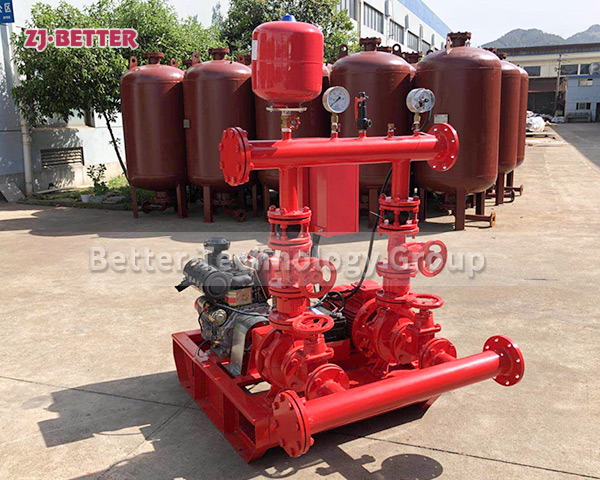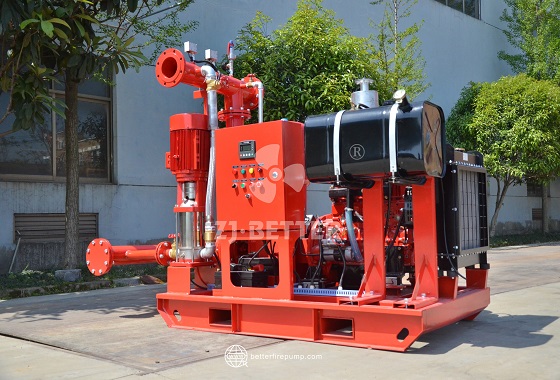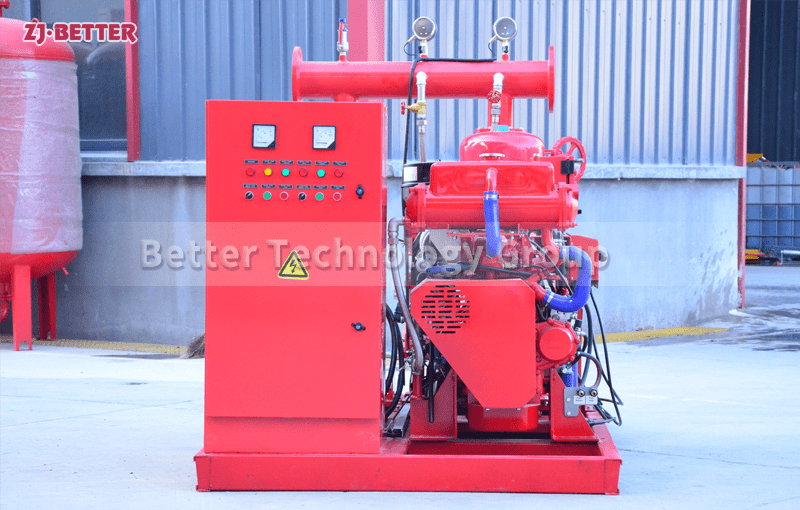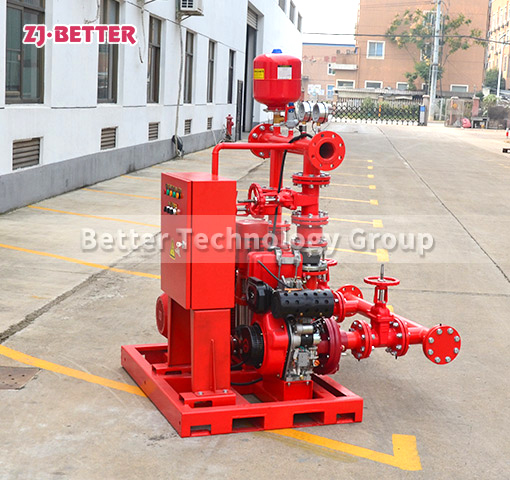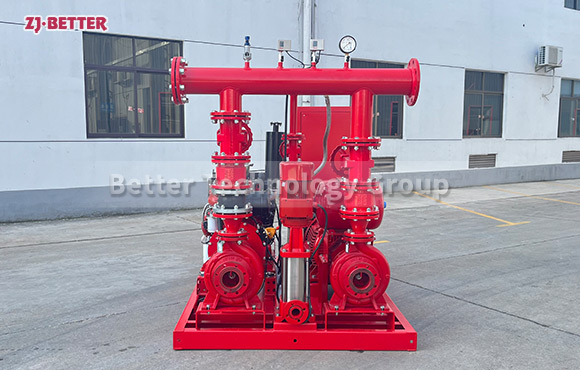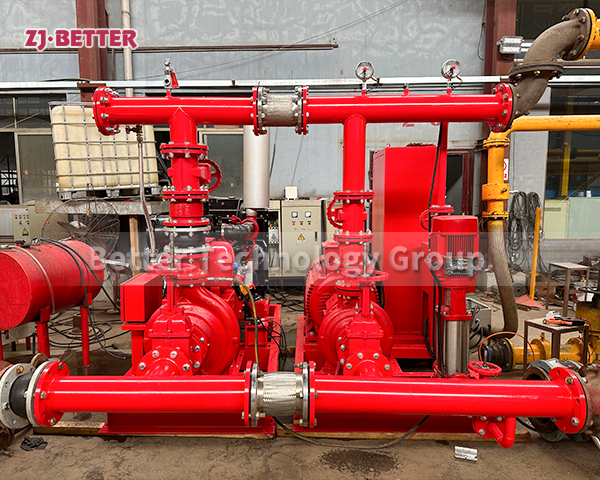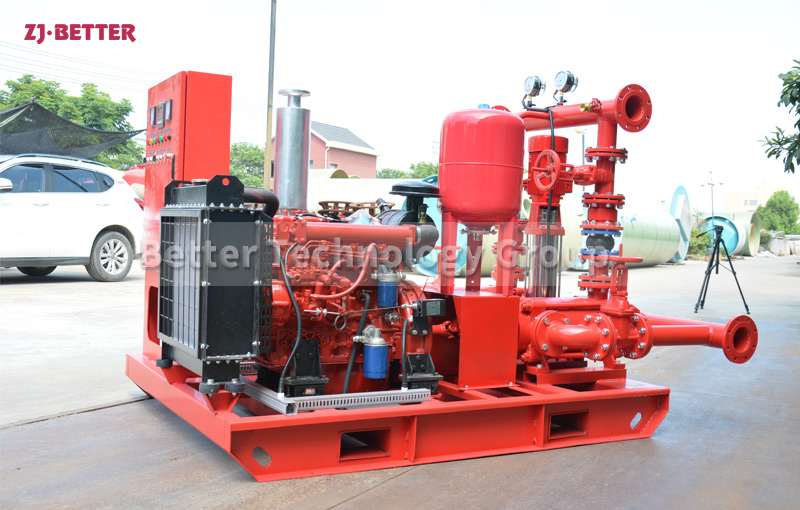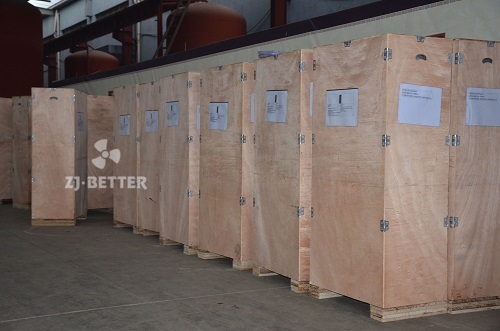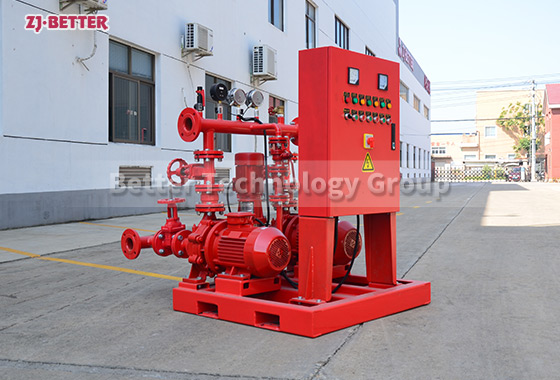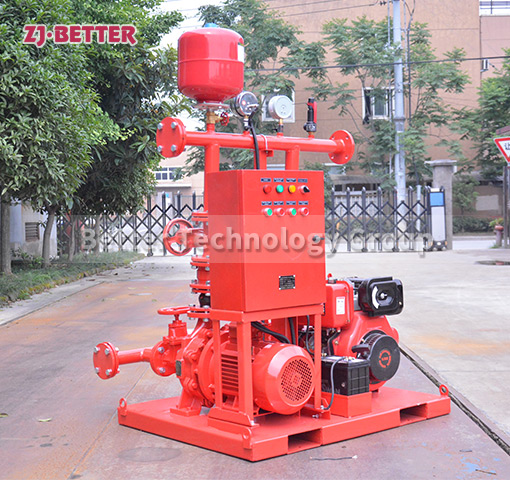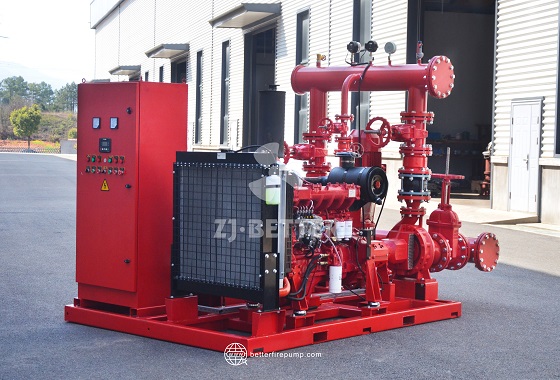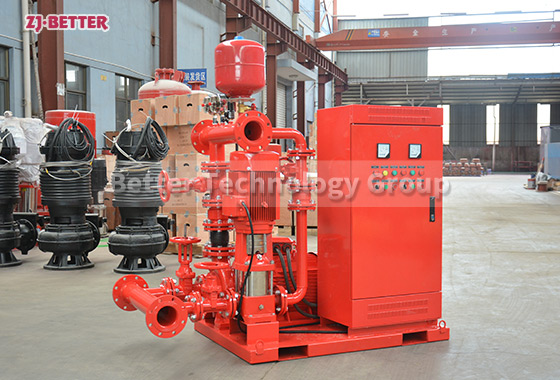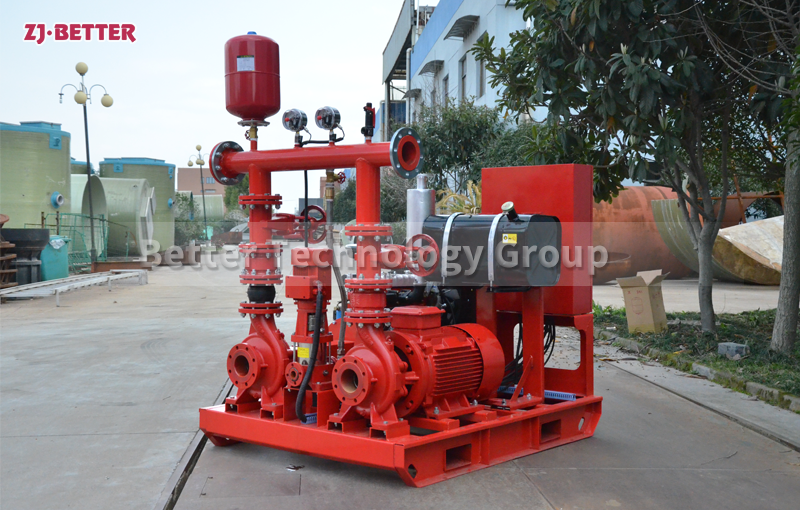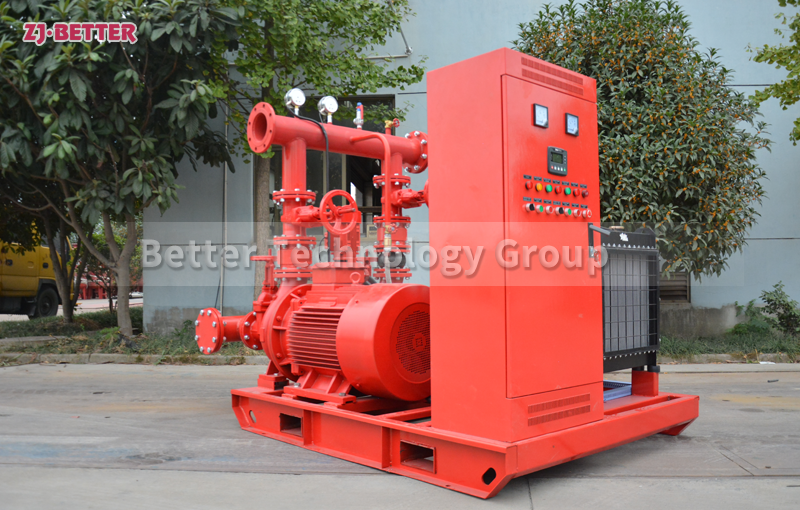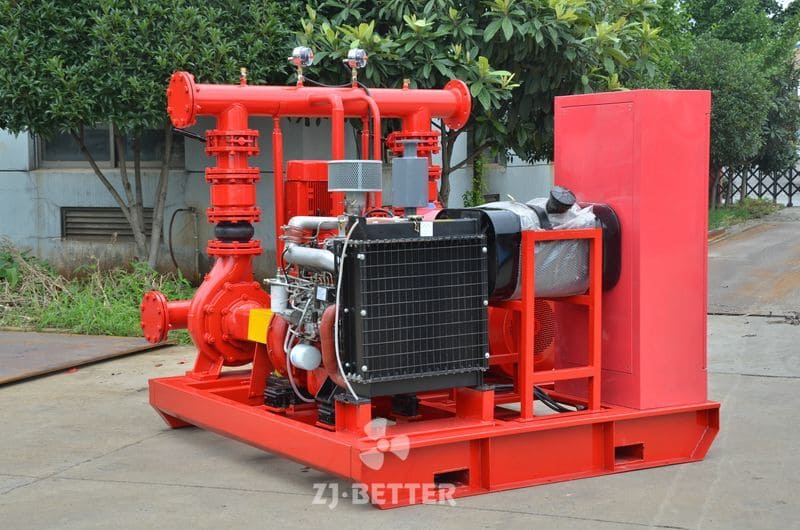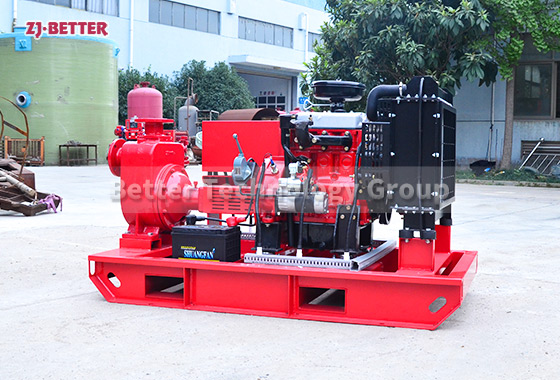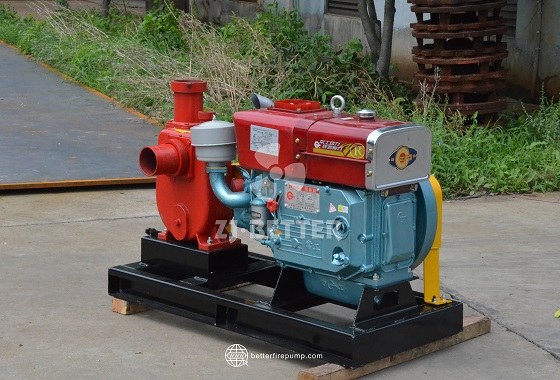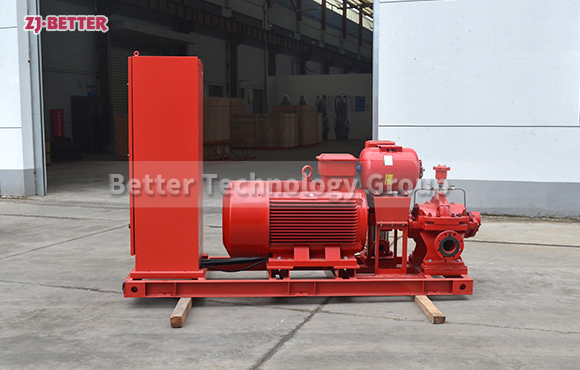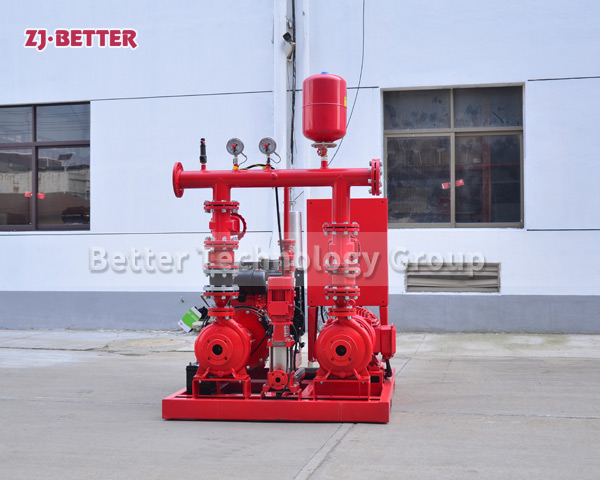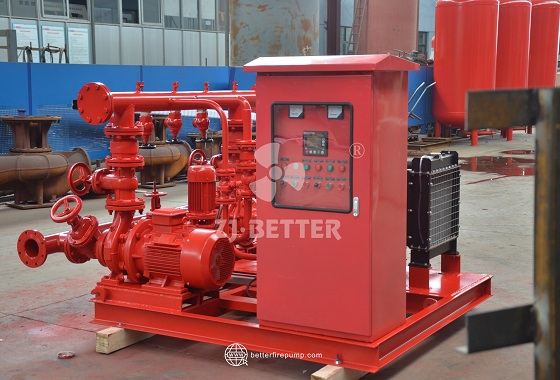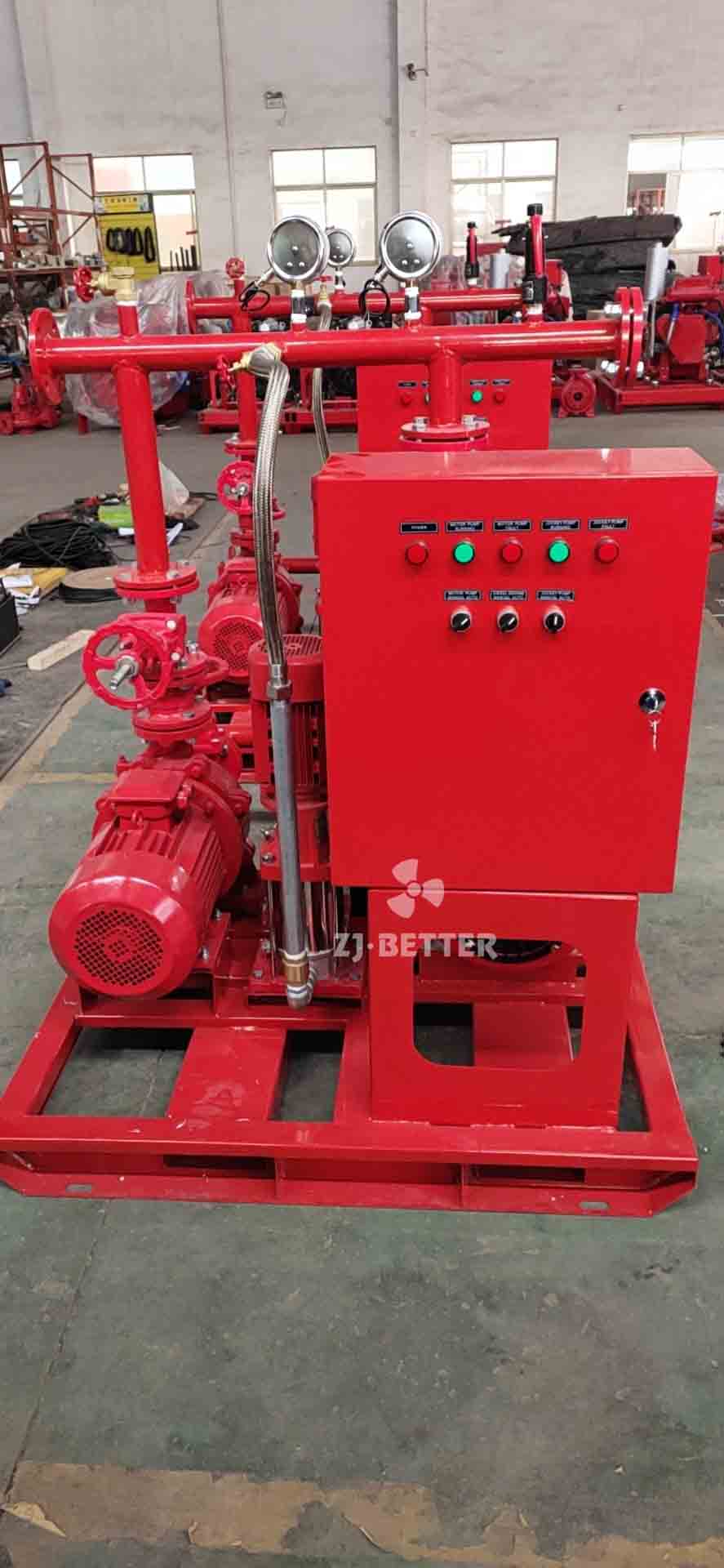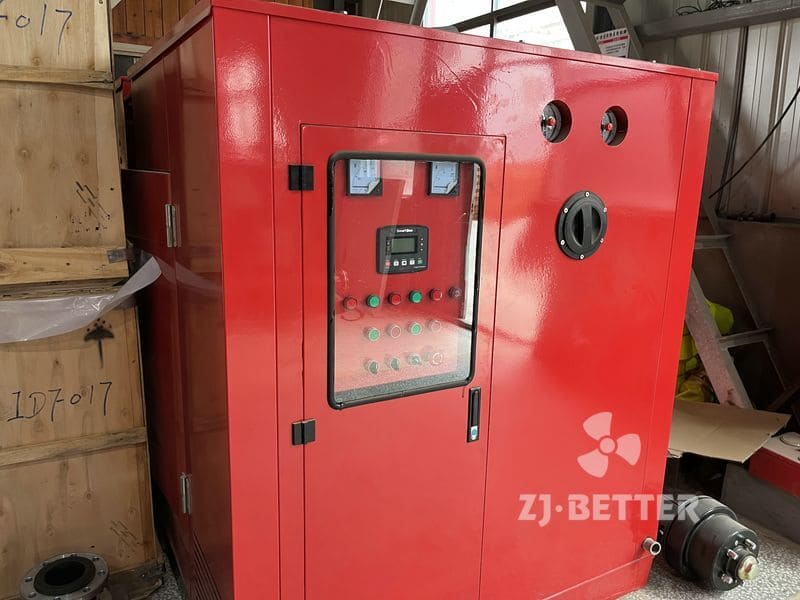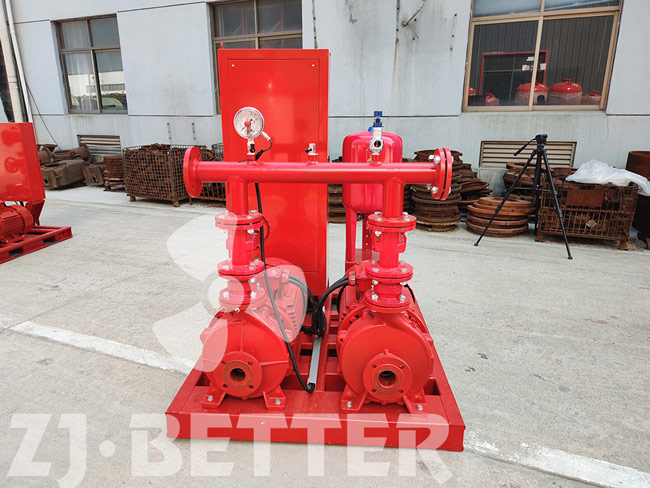The application of fire pumps is not only in fire protection systems
The application of fire pumps is not only in fire protection systems, but a variety of fire pumps are gradually showing their superior strength in industrial production and urban construction. This includes the implementation and expansion of high-end technologies for industrial and urban water supply and drainage, and high-rise water supply under pressure.
Fire pumps are mainly used for pressurized water delivery in firefighting system pipelines, and can also be used in industrial and urban water supply and drainage, high-rise building depressurized water delivery, long-distance water delivery, heating, bathroom, boiler cold and warm water circulation pressurized air conditioning refrigeration system water delivery and equipment matching, etc.

